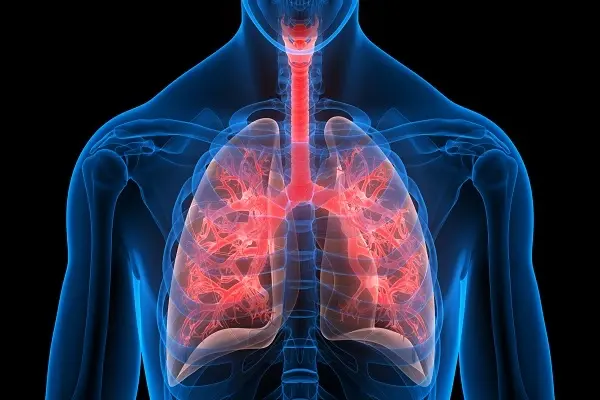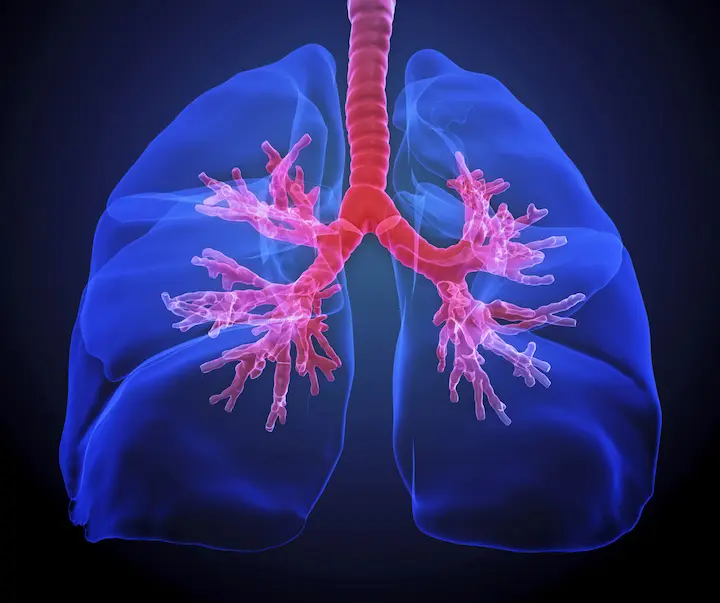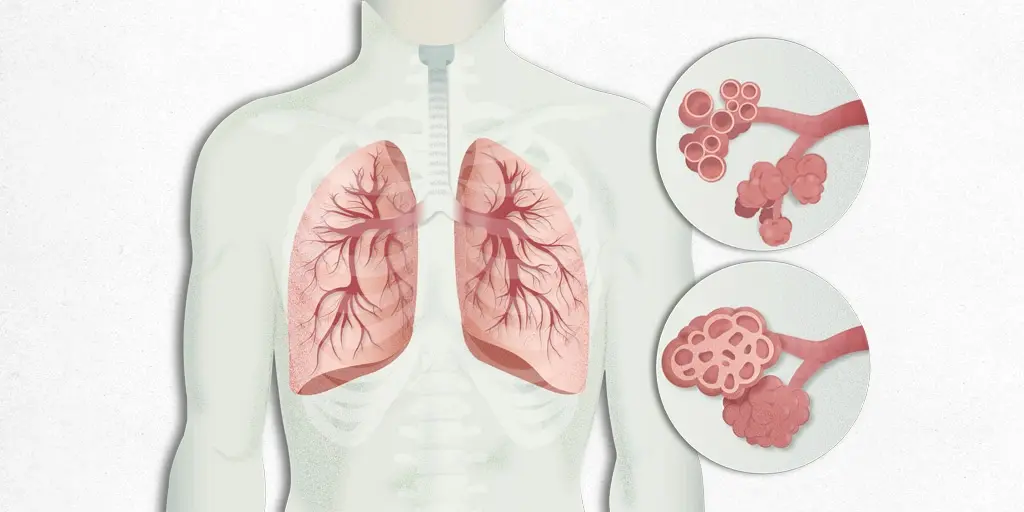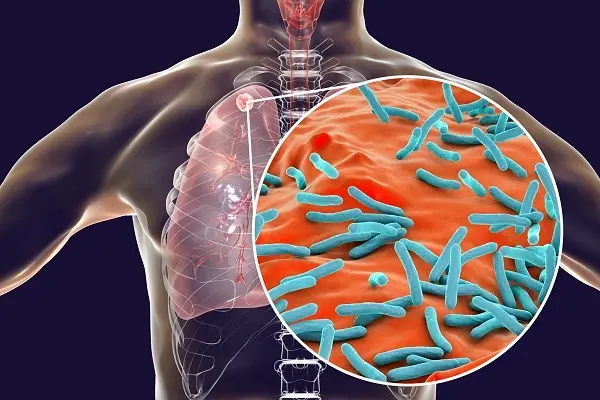
PROMO!
First order? Get 10% OFF with this code: 1storder
Written by

Animal studies show B7-33 peptide can reduce fibrosis in damaged lung tissue. This research compound stops scarring at injury sites during wound healing. Researchers see how B7-33 blocks collagen production and inflammation.
The peptide changes how cells respond to tissue damage. Studies show benefits for lung scarring and liver damage conditions.
FOXO4-DRI peptide also helps reduce fibrosis by removing old cells. Both compounds show promise in lab tests for healing. Researchers use these peptides as research tools to study cellular processes.
Understanding why fibrosis worsens requires examining the harmful cells that fuel this process.
Explore B7-33 Peptide from Peptide Works, a relaxin-based compound shown to reduce fibrosis and support healthy tissue repair.

Senescent cells stop dividing but release harmful inflammatory signals continuously. These old cells accumulate in damaged lung tissue and liver areas. They produce growth factors that trigger excessive collagen production by fibroblasts.
The cells also block normal healing processes and tissue regeneration. Studies show senescent cells increase scar formation through chronic inflammation pathways. Research indicates these cells make it harder to reduce fibrosis naturally.
FOXO4-DRI peptide targets these problematic cells in laboratory experiments. Researchers use animal studies to understand how removing senescent cells improves tissue repair.
The inflammatory signals from senescent cells create a cascade effect, making it crucial to understand what initially triggers chronic inflammation.
Explore FOXO4-DRI Peptide from Peptide Works, a senolytic peptide that targets aging cells to reduce inflammation and fibrotic scarring.
Immune system cells like mast cells release harmful signals after tissue injury. Environmental toxins and infections also activate inflammatory pathways continuously. These triggers cause white blood cells to accumulate at injury sites.
The process creates more tissue damage and complications over time. Studies show B7-33 peptide can reduce fibrosis by blocking these inflammatory signals. The compound works through RXFP1 receptors to stop harmful cell proliferation.
Peptide Works supplies B7-33 for researchers studying these inflammatory mechanisms. Researchers use this peptide to understand how chronic inflammation leads to permanent scarring.
B7-33’s effectiveness depends on specific cellular receptors, which control the tissue’s response to damage.

RXFP1 receptors sit on cell surfaces and control how tissues respond to damage. When B7-33 peptide activates these receptors, it starts helpful cell changes. The activation blocks TGF-β signals that normally cause too much scarring.
Studies show this process helps reduce fibrosis in air sacs and blood vessels. B7-33 helps reduce extracellular matrix buildup through anti-inflammatory pathways. This helps improve blood flow and prevents shortness of breath in damaged tissues.
Peptide Works offers B7-33 for Researchers studying these important receptor pathways. Research shows RXFP1 activation promotes cell differentiation toward healthier tissue types.
This cellular decision-making process depends on how cells interpret the signals they receive during tissue repair.
Cells use chemical signals to decide between normal healing and scar formation. Fibroblasts receive messages from platelets and other cells at wound sites. Young, healthy tissue sends signals that promote proper healing without scarring.
Damaged areas with chronic liver disease or other complications trigger scar-forming pathways instead. Researchers study these cell decisions in vitro experiments to reduce fibrosis outcomes.
Research shows that cell age and injury depth determine whether tissues heal normally or form scars. Mesenchymal stem cells can also influence whether tissues heal properly. Understanding these mechanisms helps develop better treatments for tissue repair.
Stem cells offer unique regenerative potential that could reshape how damaged tissues recover.

Stem cells work by creating helpful molecules that support natural healing processes. Research shows these cells reduce inflammation and prevent excessive scarring in damaged tissues.
Studies indicate stem cells help improve quality of life for patients with tissue damage. Studies suggest they may offer advantages over traditional treatments like corticosteroids in specific conditions.
Researchers use stem cells in physical therapy research to reduce fibrosis outcomes. The cells target alveoli damage and improve lung function in laboratory studies. Stem cells also help with nonalcoholic fatty liver disease by supporting liver function recovery. Healthcare providers study how these cells prevent the development of skin fibrosis.
Understanding stem cell potential becomes crucial when considering the breathing difficulties that lung fibrosis patients experience daily.
Lung scarring makes breathing harder by creating thick, stiff tissue in your lungs. The damaged areas cannot stretch properly when you take deep breaths. Scarred lungs work less efficiently at moving oxygen into your bloodstream.
This causes shortness of breath during simple activities like walking upstairs. Studies show people with IPF often need oxygen therapy and pulmonary rehabilitation. The progression of scarring leads to weight loss and loss of appetite.
Research indicates lung transplant becomes necessary when scarring causes severe breathing problems. Researchers study these side effects to develop better treatments.
These real-world impacts drive continued research into peptide-based solutions for fibrotic diseases.
The future of peptide research shows promise for reducing fibrosis through multiple pathways. Researchers continue investigating how compounds like B7-33 and FOXO4-DRI can provide new insights into tissue repair.
These research tools help understand ECM breakdown and cellular proliferation control. Studies focus on inhibition of harmful pathways while promoting healthy regeneration.
Future research may explore combinations of peptides to improve their therapeutic potential. However, these compounds are strictly for research purposes only and are not for human use. They help advance our understanding of how fibrotic processes work.
All peptides and compounds mentioned are strictly for research purposes only and not for human use.
[1] Alam F, Gaspari TA, Kemp-Harper BK, Low E, et al The single-chain relaxin mimetic, B7-33, maintains the cardioprotective effects of relaxin and more rapidly reduces left ventricular fibrosis compared to perindopril in an experimental model of cardiomyopathy. Biomed Pharmacother. 2023 Apr;160:114370.
[2] Bhuiyan S, Shen M, Chelvaretnam S, Tan AY, et al. Assessment of renal fibrosis and anti-fibrotic agents using a novel diagnostic and stain-free second-harmonic generation platform. FASEB J. 2021 May;35(5):e21595.
[3] Han X, Yuan T, Zhang J, Shi Y, et al. FOXO4 peptide targets myofibroblast ameliorates bleomycin-induced pulmonary fibrosis in mice through ECM-receptor interaction pathway. J Cell Mol Med. 2022 Jun;26(11):3269-3280. doi: 10.1111/jcmm.17333. Epub 2022 May 5. Erratum in: J Cell Mol Med. 2024 Aug;28(16):e18502.
[4] Ye X, Li J, Liu Z, Sun X, Wei D, Song L, Wu C. Peptide mediated therapy in fibrosis: Mechanisms, advances and prospects. Biomed Pharmacother. 2023 Jan;157:113978.
ALL CONTENT AND PRODUCT INFORMATION AVAILABLE ON THIS WEBSITE IS FOR EDUCATIONAL PURPOSES ONLY.
DISCLAIMER: These products are intended solely as a research chemical only. This classification allows for their use only for research development and laboratory studies. The information available on our Peptide Works website: https://peptide-works.com/ is provided for educational purposes only. These products are not for human or animal use or consumption in any manner. Handling of these products should be limited to suitably qualified professionals. They are not to be classified as a drug, food, cosmetic, or medicinal product and must not be mislabelled or used as such.
Peptide Works
Related Articles

How effective could Orexin Addiction Therapy be?
Have you ever wondered why some people find it so hard to stop addictive habits, even when they truly want

Can NAD Therapy Improve Cognitive Performance?
NAD Therapy is gaining attention in research for its possible role in brain health. NAD+ (nicotinamide adenine dinucleotide) is a

Enhancing Energy with NAD+ Supplements
Energy is the driving force behind focus, movement, and recovery. When cells have less energy to work with, the body